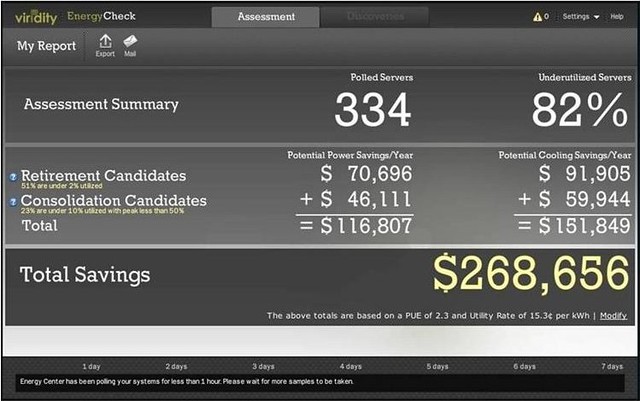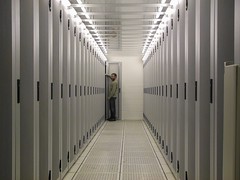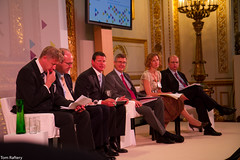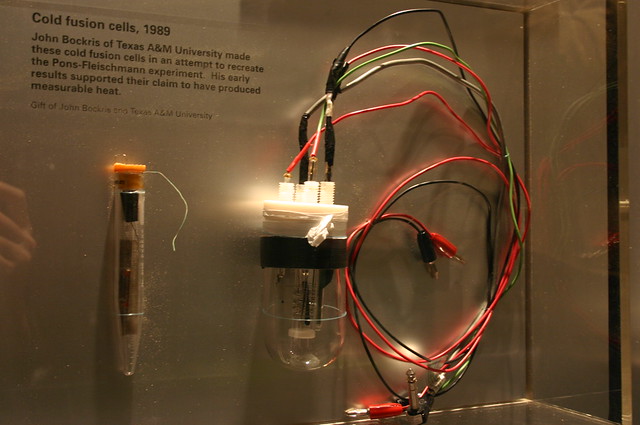
We all know data centre’s are massive consumers of energy but just how much? The European data centre consumption was 50 terawatt hours (TWh) in 2008, according to a recent article in the Guardian. This will rise to 100TWh by 2020, roughly the same as the electricity consumption of Portugal.
I mentioned on here just before Christmas that data center energy management company Viridity had named Arun Oberoi as their new President and CEO. Arun has an impressive CV which is outlined in Viridity’s press release about the appointment.
I had the opportunity to chat with Arun recently and he talked to me about Viridity’s solutions.
As Arun put it, the world has done a great job of mapping dependencies to IT Services in the Enterprise Management world but very little has been done so far on bridging the physical world (think power, space and cooling) to the logical world. These are resources which are becoming very expensive but whose ability to be measured and managed has been hampered by the traditional separation of roles between facilities and IT, for example.
Three areas Viridity can help company’s with, according to Arun are
- Power and cost savings
- Sustainability – emissions reduction and
- Mapping physical to logical to ensure optimisation of resources and managing data centre physical constraints (which, unlike IT, can’t be virtualised!)
Viridity’s software takes the data from many, often disparate sources and provides analysis and trending information to allow managers decide how best to reduce their electricity and space costs. The next version will have automation built-in to enable even greater savings!
In an ideal world this would mean that European data centre consumption might only rise to 60 terawatt hours (TWh) by 2020, instead of the projected 100TWh. However, Parkinson’s Law teaches us that data centre’s expand to fill the power available to run them!
Photo credit Tom Raftery








